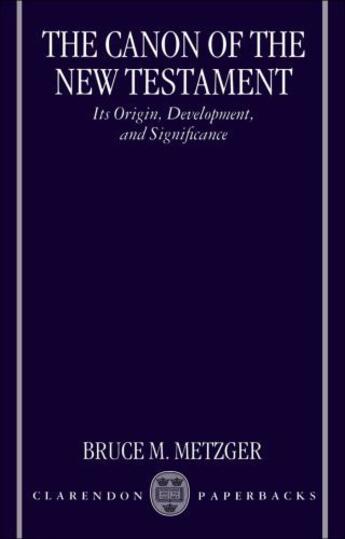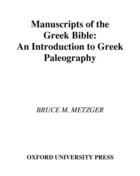-
Nombre de pages : (-)
-
Collection :
(-)
-
Genre :
(-)
-
Thème :
Non attribué
-
Prix littéraire(s) :
(-)
Résumé:
This book provides information from Church history concerning the recognition of the canonical status of the several books of the New Testament. Canonization was a long and gradual process of sifting among scores of gospels, epistles, and other books that enjoyed local and temporary authority -... Voir plus
This book provides information from Church history concerning the recognition of the canonical status of the several books of the New Testament. Canonization was a long and gradual process of sifting among scores of gospels, epistles, and other books that enjoyed local and temporary authority - some of which have only recently come to light among the discoveries of Nag Hammadi.
After discussing the external pressures that led to the fixing of the limits of the canon, the author gives sustained attention to Patristic evidence that bears on the development of the canon not only in the West but also among the Eastern Churches, including the Syrian, Armenian, Georgian, Coptic, and Ethiopian. Besides considering differences as to the sequence of the books in the New Testament, Dr Metzger takes up such questions as which form of text is to be regarded as canonical; whether the canon is open or closed; to what extent a canon should be sought within the canon; and whether the canon is a collection of authoritative books or an authoritative collection of books.
Donner votre avis









